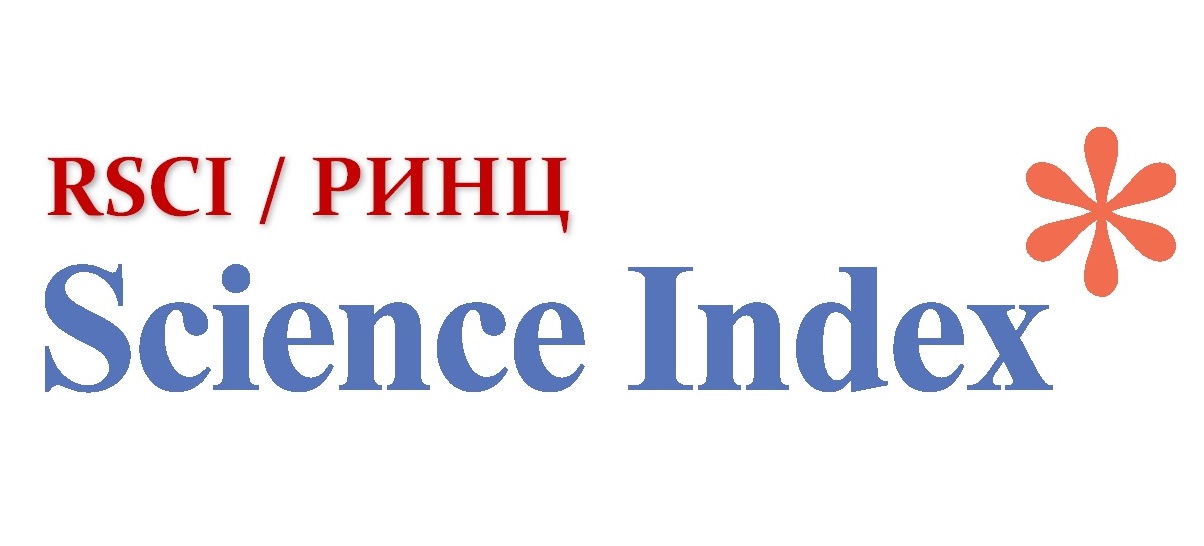The impact of migration on the socio-economic development of the Republic of Kazakhstan
Views: 157 / PDF downloads: 50
DOI:
https://doi.org/10.32523/2616-6887-2025-152-3-142-158Keywords:
Eurasian Economic Union (EAEU), migration policy, emigrants, immigrants, external migrationAbstract
This article outlines the migration policy of the Republic of Kazakhstan and its impact on the labor resources within the Eurasian Economic Union (EAEU). The primary objective of Kazakhstan’s migration policy was to mitigate the negative effects of migration processes while preserving and enhancing the country's national identity and security, primarily by reducing illegal migration and fostering selective migration.
A statistical analysis of external migration, including both emigrants and immigrants, and its effects on the economic, social, and political landscape of the Republic of Kazakhstan is presented. The article provides historical insights into migration trends from the post-Soviet space prior to the pandemic in 2020, along with an exploration of initiatives related to the digital labor exchange system. A common digital system for tracking emigrants and immigrants throughout the EAEU is proposed. Kazakhstan’s migration policy requires adaptation to changes in regional and global labor markets and is therefore also aimed at stabilizing the demographic situation. In addition, the effective use of human capital and the attraction of highly skilled specialists from abroad contribute to the country’s innovative development. In managing migration processes, the importance of international cooperation and integration mechanisms is steadily increasing.
Downloads
Published
How to Cite
Issue
Section
License
Copyright (c) 2025 Bulletin of the L.N. Gumilyov Eurasian National University. Political Science. Regional Studies. Oriental Studies. Turkology Series.

This work is licensed under a Creative Commons Attribution-NonCommercial-NoDerivatives 4.0 International License.






